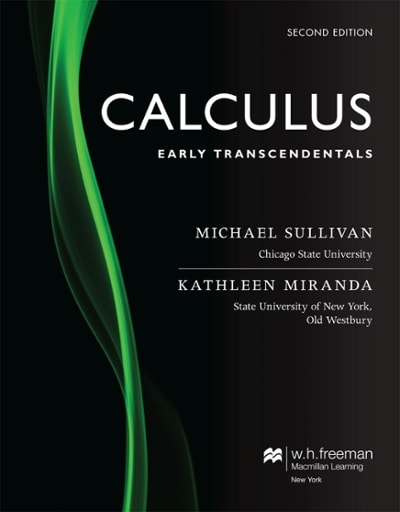Question
1.The following is paraphrased from a Web site that discusses the sensitivity and specificity of the PSA (Prostate Specific Antigen) test for prostate cancer. In
1.The following is paraphrased from a Web site that discusses the sensitivity and specificity of the PSA (Prostate Specific Antigen) test for prostate cancer. In a larger study (243 subjects), Ward and colleagues used a cutoff ratio of 0.15 to demonstrate 78% sensitivity and 69% specificity in the diagnosis of prostate cancer. In contrast, tPSA measurements alone yielded equivalent sensitivity but only 33% specificity. These reports are encouraging, but larger clinical studies are required for determination of the optimal fPSA:tPSA cutoff ratio.
What does the figure 69% specificity in the above study mean?
A patient who does not have the antigen has a 69% chance that the test reads negative.
A patient who has the antigen has a 69% chance that the test reads negative.
A patient who has the antigen has a 69% chance that the test reads positive.
A patient who does not have the antigen has a 69% chance that the test reads positive.
2.The following is paraphrased from a Web site that discusses the sensitivity and specificity of the PSA (Prostate Specific Antigen) test for prostate cancer. In a larger study (243 subjects), Ward and colleagues used a cutoff ratio of 0.15 to demonstrate 78% sensitivity and 69% specificity in the diagnosis of prostate cancer. In contrast, tPSA measurements alone yielded equivalent sensitivity but only 33% specificity. These reports are encouraging, but larger clinical studies are required for determination of the optimal fPSA:tPSA cutoff ratio.
What does the figure 69% specificity in the above study mean?
A patient who has the antigen has a 69% chance that the test reads negative.
A patient who has the antigen has a 69% chance that the test reads positive.
A patient who does not have the antigen has a 69% chance that the test reads negative.
A patient who does not have the antigen has a 69% chance that the test reads positive.
3.Your wife has asked you to pick up a bottle of her favorite shampoo. When you get to the store, you can't remember which brand she uses. There are nine shampoo brands on the shelf. If you select one, what is the probability that you get the right brand of shampoo? Leave your answer as a fraction.
Of the nine bottles, four are blue, three are white, and two are red. You remember that your wife's shampoo comes in awhitebottle. What is the probability that you get the right bottle with this additional information? Leave your answer as a fraction.
Step by Step Solution
There are 3 Steps involved in it
Step: 1

Get Instant Access to Expert-Tailored Solutions
See step-by-step solutions with expert insights and AI powered tools for academic success
Step: 2

Step: 3

Ace Your Homework with AI
Get the answers you need in no time with our AI-driven, step-by-step assistance
Get Started


